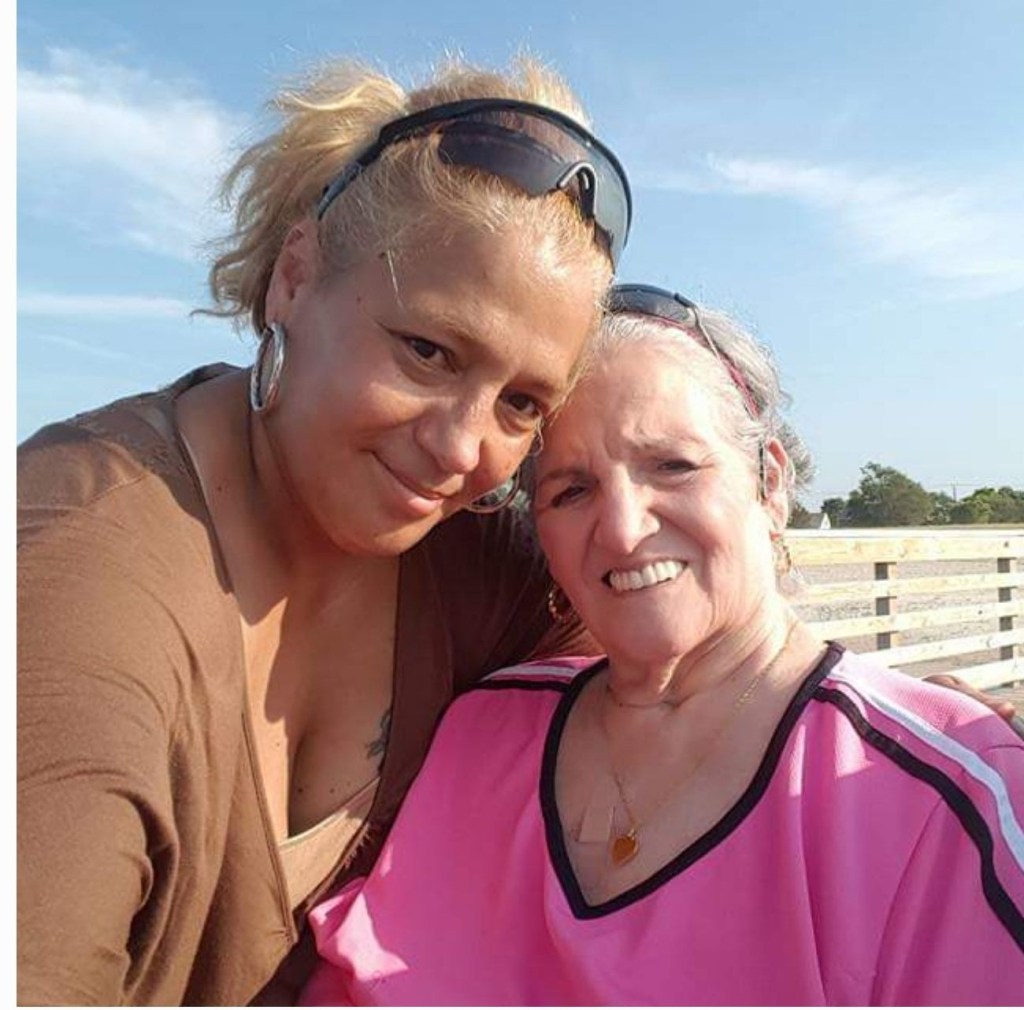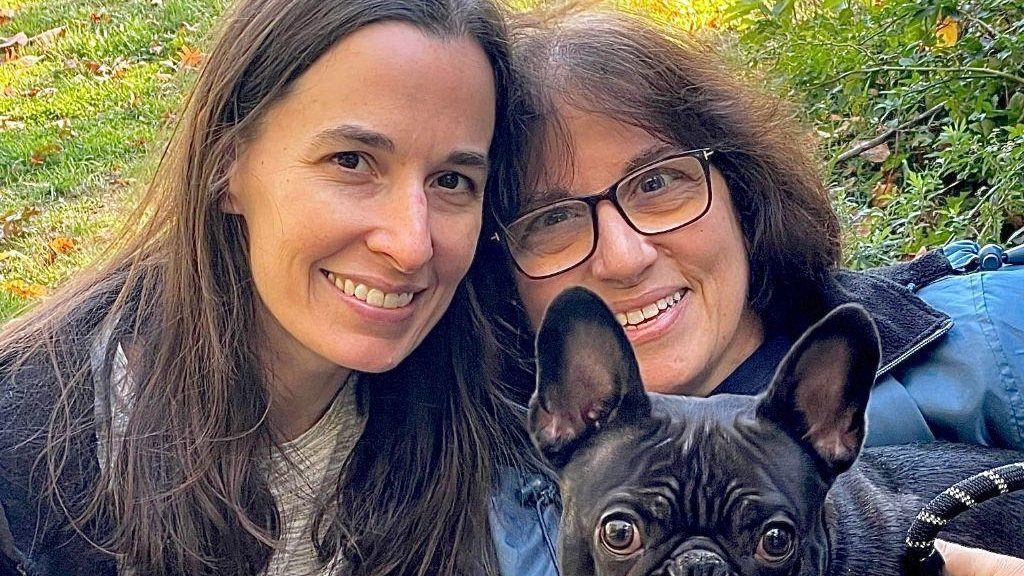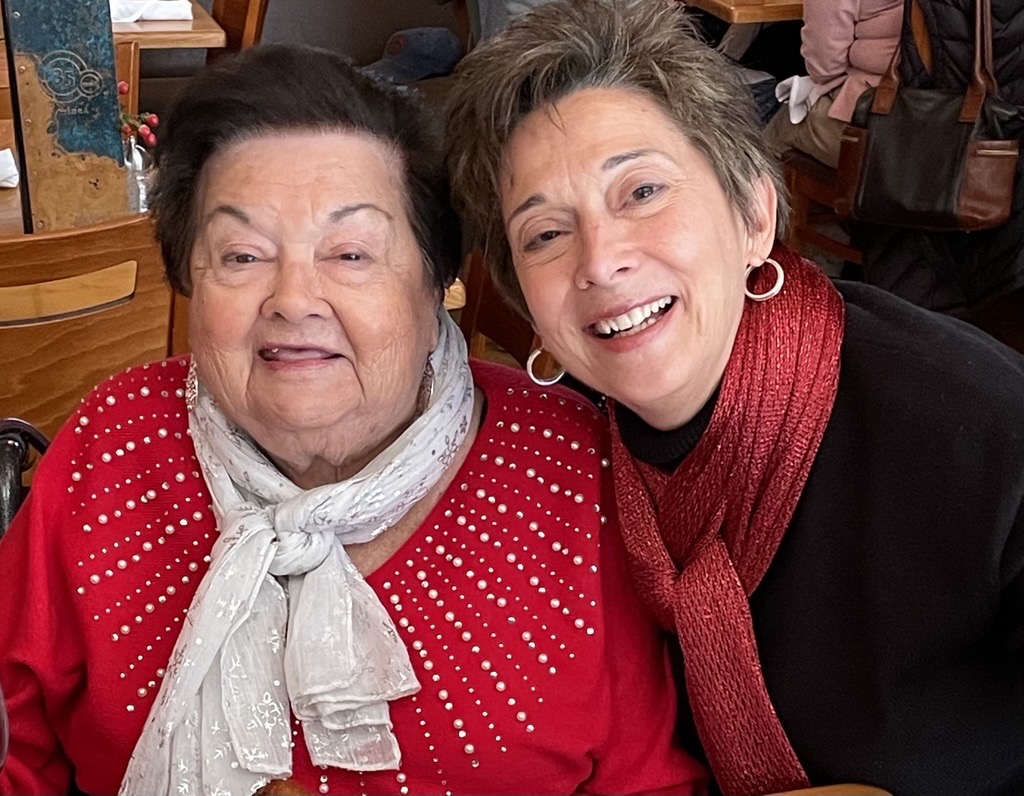
An Unbreakable Caregiving Bond Between Mother and Daughter
We extend our heartfelt thanks to Linda and Helene for their openness and willingness to share their experiences. We hope that by sharing their journey, others who find themselves in similar situations can find inspiration, support, and encouragement to build their own networks of care and connection.
Caring for family runs in this family. It is seen as a blessing, not a burden.
Meet Linda—a daughter who cared for her mother, Helene. Helene was well-known in the community, having lived in their family home in the center of town for over 50 years. The home is a special place full of love and connection, where Helene also cared for her own mother until she passed away. Every wall is adorned with family photos, paying tribute to loved ones both past and present. It was also a place where Helene overcame many hardships throughout her life.
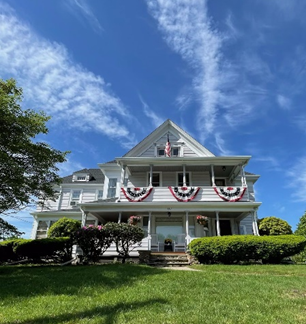
At 90 years old, Helene was as resilient as they come, only becoming wheelchair dependent after surviving three heart attacks and three strokes. Her devoted family provided a strong support system as Linda became Helene’s primary caregiver, assisting her mother with her daily needs: bathing, stretching, toileting, eating, and getting around. Helene’s most recent stroke resulted in aphasia, a language disorder that impaired her ability to speak. During doctor appointments and gatherings with friends, Linda helped “translate” for her mother, expressing her needs and ensuring she received the utmost love and care. The experience of having to be the voice of her mother brought Linda and Helene closer than ever before.
“Caring for my beloved mother has been the greatest privilege of my life. You don’t fully appreciate all that matters in life until you have had the opportunity to provide hands-on care for a loved one,” Linda said.

Finding Caregiving Support with Careforth
The last three years had been increasingly difficult as Helene’s family watched their mother’s health decline with each stroke and heart attack. Linda knew she needed additional support to meet the level of care her mother required and had big decisions ahead of her. Connecting with Careforth led to a comforting partnership between Linda and Helene’s Careforth care manager, Sue. Having the help of Careforth for 2.5 years provided the emotional support and resources Linda needed.
“The support we received from our Careforth team made it possible for me to remain in this important role and Mom to remain at home. We started and ended each day with gratitude for our many blessings—and included Careforth in our thanks,” Linda said.
Linda and Helene both quickly developed a close relationship with Sue. Whenever Sue visited, they enjoyed breakfast and discussed the support Linda needed and how Helene was doing. Sue was even invited to Helene’s 90th birthday party.
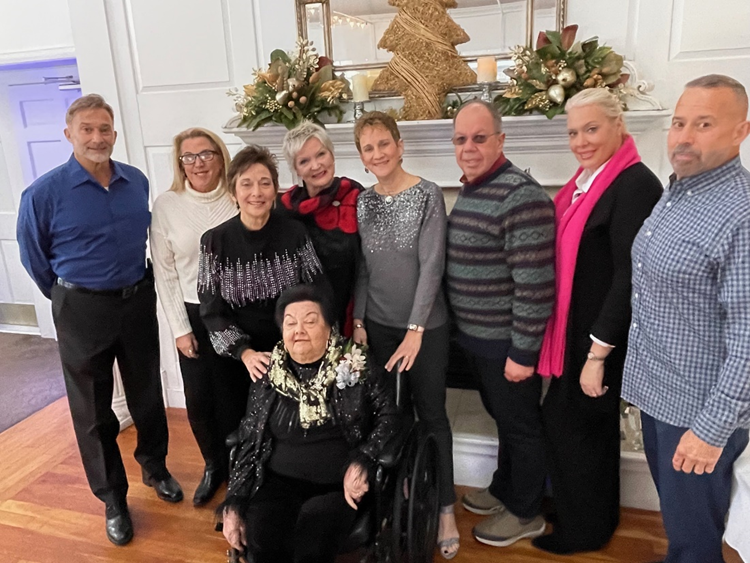
“When you have someone on the Careforth team like Sue, you don’t just have a nurse—you have family,” Linda said.
A seasoned nurse for over forty years, Sue can quickly tell what kind of support a family needs, whether it be access to transportation, emotional support, or knowledge to help them better care for their loved one. Sue helped Linda develop fall prevention strategies and acted as a sounding board for questions and topics about Helene’s care.
“Helene was an absolute joy and participated fully in all our visits. We developed a warm and trusting relationship and I learned so much from her, even the little things that were sure to make her smile. I knew her love of chocolate and would bring her a small piece at my visits,” Sue said.
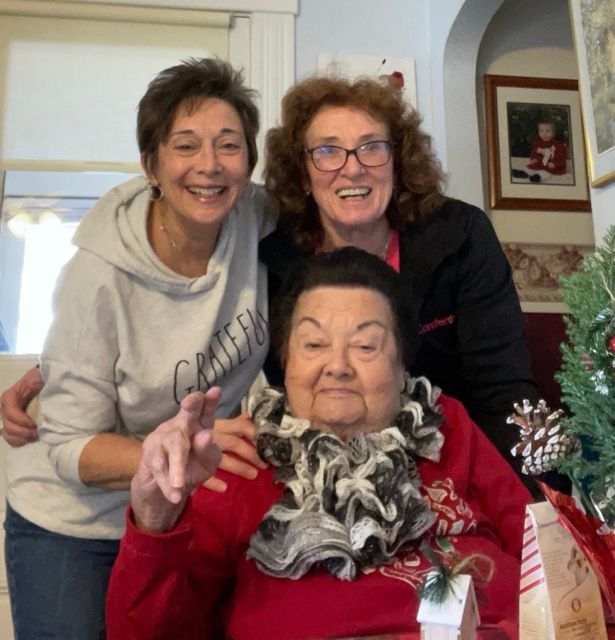
Linda’s Caregiving Routine
Throughout the years that Linda cared for Helene, she developed a caregiving routine in partnership with Sue. This routine provided both Linda and Helene with purpose and fulfillment each day:
- 8:30-9:30AM: Linda started the morning routine by waking Helene with a smile and song, helping her get out of bed, and using the bathroom.
- 10AM: Linda would help Helene with morning exercise and body movements including a gentle head rub, brushing her hair, marching in place, lifting her arms and legs to work muscles, and turning her body from side to side.
- 10:15AM: Linda would wheel her mother into other rooms to say hello to the loved ones framed on the walls. It helped Helene feel the love shared in her home of over five decades and the many blessings their family has had.
- 10:30AM: Around mid-morning, Linda served Helene breakfast, assisted with medication, and helped Helene with her makeup and jewelry. (“Mom felt happier with a little primping and bling each day!” Linda said.) When Sue came by to visit, she was always invited to join them for breakfast.
- 11AM: Weather permitting, Linda and Helene would enjoy time outdoors in their lovely garden.
- 11:30AM -1:30PM: At midday, Linda would help Helene get into bed for a nap. During that down time, Linda a freelance writer, would tend to business, manage her mother’s affairs and paperwork, make phone calls to friends or doctors, and sometimes find other little moments to herself.
- Afternoons and evenings consisted of homemade lunches and dinners that always celebrated Helene’s Italian heritage, lively conversation, frequent visits from friends and family (including standing Sunday dinners and family celebrations), watching the news or her favorite Hallmark Channel movie, and then off to bed to say prayers of gratitude for another day shared with loved ones.
A caregiving routine like Linda and Helene’s can have a positive impact on caregiver burnout and stress relief. It introduces structure, security, and predictability for both the caregiver and the care recipient.
A Caregiving Bond of Love and Dedication
The last six months of Helene’s life were increasingly challenging with more frequent visits to the hospital. Sue helped the family with Helene’s transition to hospice, providing emotional support and a shoulder to lean on as Linda and her siblings made the harder decisions to ensure their mother was comfortable and cared for during her final days. In October 2024, Helene passed away in her family home of over five decades with her loving family by her side.
During some of those harder moments, Linda would visit the family’s “Prayer Tree” in the backyard to help reset, find peace, and connect with God. After many years of failed plantings in the same spot, the family planted a small Christmas tree following Helene’s recovery from her first heart attack in 1998. This time, they lined the planting hole with copies of Bible pages. The tree took root and began to grow. Now 25 feet tall, the Prayer Tree stands as a metaphor for Helene’s life; it has grown with twists and turns, in beauty and in death, always continuing to live on.
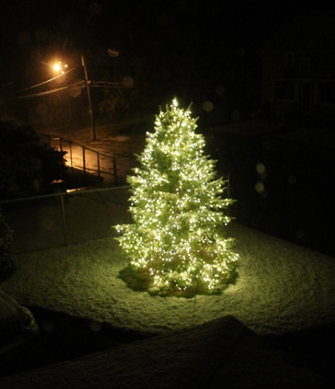
As Linda adjusts to daily life and milestones without her mother, she continues to honor their traditions and keep Helene’s memory alive, by sharing the many stories, photos, and videos she has of her mother. She has also spread rose petals around the Prayer Tree and wears a necklace with her mom’s photo.
Linda explained that the best antidote for her grief is the gratitude she feels for the beautiful lifetime spent with her mother. She is equally grateful for the support she received from her partner of 37 years, devoted siblings, extended family, Helene’s primary care physician, and a community of caring friends—including those made through Careforth.
Following Helene’s passing, Linda shared with Sue and her care team, “Thank you for your kind expression of sympathy. While you have been a devoted caregiver to Mom as her Careforth nurse, we are grateful that our relationship has also blossomed into a caring friendship. We are so appreciative of the many ways in which you supported us. God bless you.”
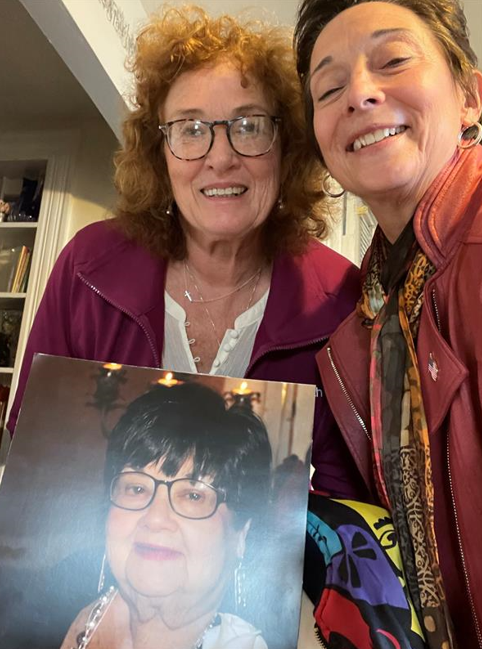
Careforth Supports Family Caregivers
At Careforth, we strive to provide the resources and connections that ensure caregivers feel supported at every turn in their caregiving journey. Visit the How We Help page on our site to learn more about how Careforth supports caregivers, or contact us for more information.

